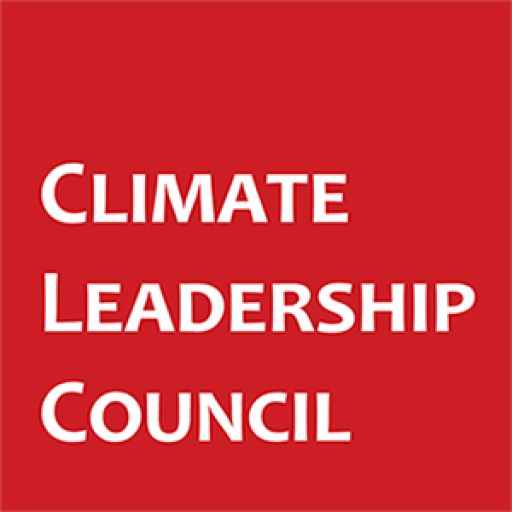On November 2, 2023, Senator Bill Cassidy (R-LA) introduced his Foreign Pollution Fee Act with support from Senator Lindsey Graham (R-SC). This long-awaited proposal will leverage the U.S. carbon advantage, reward domestic industry, and challenge authoritarian regimes like China and Russia by holding them accountable for high emissions intensity products.
The Cassidy bill would impose a “foreign pollution fee” on imports of designated energy and industrial products, including crude oil, iron and steel, and critical minerals. The fee would take the form of ad valorem tariffs that would increase based on the emissions intensity of imports relative to products produced in the United States. Other recent proposals have similarly included border fees intended to create competitive conditions that encourage the production of lower carbon-intensity products, including Senator Sheldon Whitehouse’s “Clean Competition Act.” Cassidy’s bill, however, is notable for its emphasis on using import fees as an action-forcing mechanism to promote international collaboration on environmental policy. It offers an innovative strategy for harnessing the competition for international markets to ensure that closer cooperation with our allies results in more ambitious climate policies.
Climate Collaboration
International engagement on climate change can take a variety of approaches. At the multilateral level, the emphasis has been on collaboration under the Paris Agreement negotiated at the 2015 United Nations Climate Change Conference. The Paris Agreement achieved the participation of 195 parties by permitting countries to set their own emissions reduction goals and policies through “nationally determined contributions” (NDCs). But the tradeoff for the high level of participation was relatively low ambition. Even assuming that all countries will meet their NDCs, it will achieve only about a sixth of the emissions reductions necessary to limit warming to 1.5 degrees C over preindustrial levels.
Climate Competition
Countries could impose higher-ambition emissions standards through unilateral import fees.
Fees based on the emissions intensity of imports would create competition for market share based on the ability of manufacturers to lower the emissions intensity of their production processes. Import fees would also address the unfair competition with higher emissions intensity imports that limits support for domestic emissions reductions and could help to shrink the “carbon loophole” that results when countries import goods with higher carbon than domestically manufactured products. Even as the world’s leading consumer market, however, the U.S. could only directly affect a relatively small portion of global greenhouse gas emissions through unilateral import fees.
Promoting Collaboration through Competition
Senator Cassidy’s bill attempts to avoid the consensus trap and the limits of unilateral action by using import fees to promote both “climate competition” for trade in low-emissions products and closer collaboration with important trade partners. Products from countries that enter into “international partnerships” with the U.S. would be exempt from the fees unless they were over 50% more emissions intensive than the U.S. average. Participants in the partnerships would be required to implement a similar system of emissions-intensity based import fees, which would expand the price signal to other markets and achieve greater global emissions reductions. The partnerships could be negotiated between two or more countries and could apply to any or all of the covered products.
The bill provides numerous incentives for low and lower-middle income countries to join partnerships with the U.S., including calculation of emissions intensity based only on new production capacity, a longer period (5 years) to meet the emissions intensity standards, technical assistance, and the potential for U.S. aid for energy and manufacturing projects. High- and upper-middle income countries with nonmarket economies, including China and Russia, would not be eligible for partnership agreements.
The partnerships are intended to advance multiple objectives, including providing U.S. industry with secure supply chains for the critical raw materials necessary for manufacturing clean technology products (batteries, solar panels, wind turbines, etc.), protecting U.S. manufacturers from unfair competition from high-emissions imports, and securing greater markets overseas for low-carbon U.S. exports.
In addition to blending climate competition and climate collaboration, the Cassidy proposal could also position the U.S. for another form of competition: the contest to determine the rules by which carbon intensity will be measured and used as a metric for internationally traded products.
The European Union has a head start in that competition with its Carbon Border Adjustment Mechanism (CBAM), which began its transitional reporting phase on October 1. When fully in effect in January 2026, the CBAM will impose a charge tied to the price of allowances under the EU’s Emissions Trading System on imports of certain products (iron and steel, aluminum, cement, fertilizers, hydrogen, and electricity) based on their carbon intensity.
If the U.S. doesn’t weigh in before then with its own approach for addressing the international trade in carbon intensive goods, the CBAM will likely become the dominant model. Given the general carbon advantage of U.S. industry—products manufactured domestically are 40% less carbon intensive than the global average—the U.S. could still win the competition for market share. But the Foreign Pollution Fee Act is a welcome step toward U.S. engagement in setting rules that would leverage trade competition to encourage climate cooperation.
